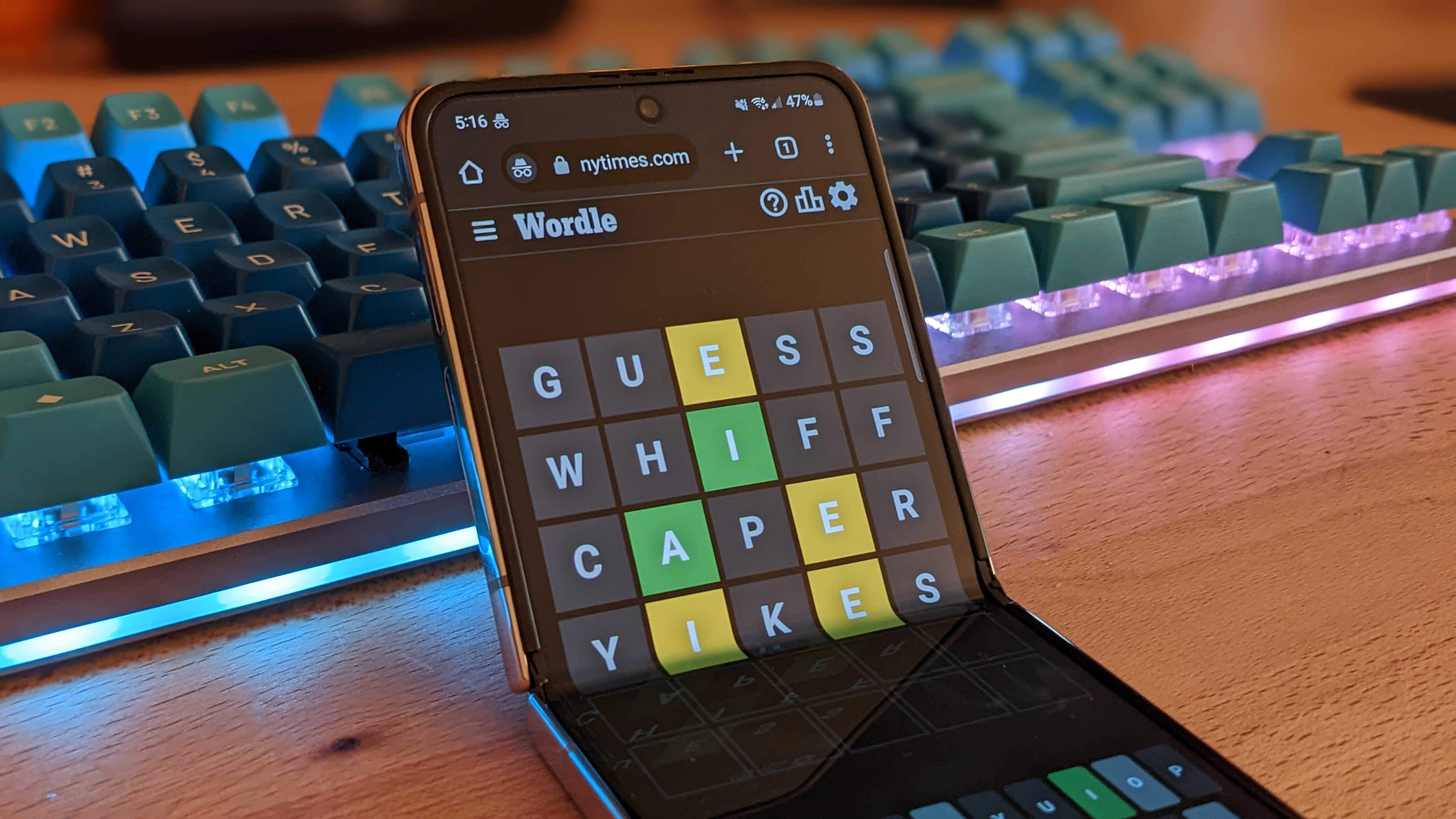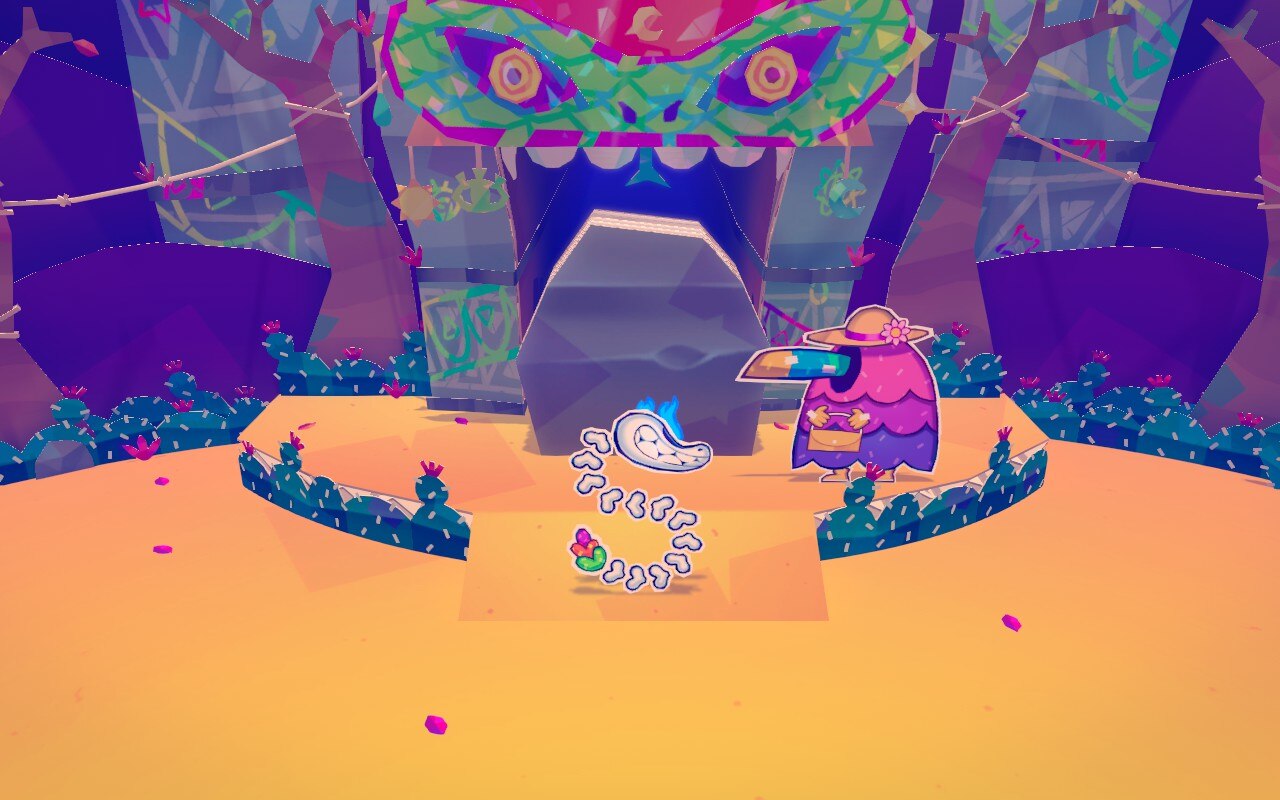
Persona 3 Reload: Episode Aigis - The Answer DLC Review
Spoiler warning: This review contains spoilers for the story of the base game, Persona 3 Reload, but avoids spoilers for the DLC itself.
What does it feel like when grieving the loss of someone you loved? Or when trying to move on from someone important who’s no longer in your life? For one, it’s painful. In its seemingly infinite emotional complexity, you perpetually mull over what you could have done differently or how great things would be if they were still around. In the constant cycle of getting lost in your thoughts while trying to go about your normal life, it’s as if you’re reliving the same day over and over again. In the best moments of Episode Aigis: The Answer – the epilogue DLC for the RPG Persona 3 Reload – it portrays these struggles thoughtfully and candidly. And by the end, it poetically shows that so long as we have the means to do so, we can still carve a path forward no matter how hard it might be.
This is a faithful remake of the PlayStation 2 version of The Answer that came with Persona 3 FES in 2008, and uses the framework of Persona 3 Reload to bring its modern graphics and much-needed quality-of-life improvements to retell its story. Although it’s not a particularly great gameplay experience, largely focused on RPG dungeon crawling that overstays its welcome, its key story moments are a bittersweet stamp on Persona 3’s already emotional ending. More importantly, it’s a poignant lesson on living with grief and heartbreak shown through the lens of the series’ best cast of characters.
To understand The Answer is to also give away crucial parts of Persona 3’s original conclusion, since it picks up right after its ending. Even though you are not required to finish Persona 3 Reload to access this DLC, you don’t really have any business with it if you haven’t. It centers around the SEES crew coming to terms with the passing of their good friend (the original protagonist), which comes with a certain melancholy in the way every character conducts themselves. Sometimes that creates an awkward tension that intensifies because these are characters with fresh wounds that barely had time to heal. As the DLC’s name would indicate, you now control Aigis as the main character – accounting for her arc in the base game, she’s wielded tremendously as the vessel for how The Answer examines how ugly yet necessary the healing process is. It’s also just really nice to see her in a leadership role as she works through her own personal struggles. And through her perspective it’s made clear that nearly everything in The Answer, from its very premise to the actions you take, are an extension of its broader message.
With the Dark Hour and Tartarus having been conquered by the end of Persona 3, what could possibly happen now? Well, time is at standstill on March 31st, the day before everyone has to move out of the Iwatodai dorm, your de facto headquarters. And beneath the dorm spawns the Abyss of Time, an ethereal plane underground with 100+ floors that are functionally the same as Tartarus. It traps everyone within the dorm with nowhere to go but through each door that leads to sets of floors to get to the bottom of the mystery. And the newcomer Metis, an android who’s a direct contrast to Aigis, pops up to make a strong first impression by mistakenly wreaking havoc on the crew and the dorm. This sets up a lot of questions that don’t really come into focus until the very end; at that point, it leads to an incredible payoff that you definitely have to work for.
Aigis is the perfect character to represent what it’s like to bounce between the stages of grief.
Since there isn’t a daily structure, day-night cycle, or time-management element, The Answer’s gameplay focus is on the grind of its turn-based RPG combat and dungeon-crawling exploration. As you do in the base game, you fight against shadows sprinkled throughout its randomly generated, maze-like floors that make up the Abyss of Time. As a consequence, playing through The Answer can get monotonous without the other gameplay elements that help complement combat for a full Persona experience. However, the reward for trudging through its floors are the bits of story at the end of each block. These are relatively brief cutscenes that peer into critical turning points in each character’s past – while not often revelatory, they build toward something greater and leave just enough of a breadcrumb trail to motivate you to push through the Abyss of Time.
Combat in The Answer is still built upon Persona 3 Reload’s tried-and-true turn-based system where you account for elemental affinities, hit weaknesses for extra turns, and tactically knock down enemies to set up all-out attacks. With Aigis as the new lead, she also obtains the power to wield multiple personas, and the Pokemon-like nature of building her roster via persona fusion remains intact. It’s as sharp as it’s always been, but when that’s what you’re doing for a large majority of your time it can start to wear thin, especially when blocks of dungeon floors were clearly recycled to pad out the roughly 25-hour runtime. I didn’t necessarily mind going through the motions, since I do enjoy the act of playing Persona 3 Reload, and the art style and personality of its characters still shine through in combat. Whether intentional or not, it is thematically fitting, I just wish it did more to mix up the gameplay dynamic throughout.
While you don’t get the kind of management and social sim elements typical of a Persona game here, there are charming little interactions you can initiate in the dorm that are new to this version of The Answer. Throughout the Abyss of Time you’ll find items in special chests that unlock cutscenes between Aigis and specific party members. Some of them are a bit tacky, for sure, but this is also how you earn additional perks that offer substantial benefits in combat. If anything, I was just happy to spend more time with this cast and fill a void from The Answer’s original version, even if these new interactions didn’t really lead to anything narratively crucial.
The message of The Answer is a very thoughtful one that comes together elegantly.
When I look back at The Answer, I find its gameplay secondary to what it’s actually about, despite it taking up most of its runtime. The interstitial cutscenes and character moments help flesh out the SEES crew a bit more, but also sets up a bigger picture for what Aigis is experiencing as someone who’s wrestling with her feelings, having lost the very person her life revolved around. From the growth she demonstrates in the original story to the final monologue she gives before the credits roll in Reload, Aigis is the perfect character to represent what it’s like to bounce between the stages of grief. And sharply written lines with an extraordinary performance from voice actor Dawn Bennett bring Aigis to life as she ponders the big questions about life, death, and purpose.
I also appreciate the fact that while The Answer tries to give equal stakes for each character, it very clearly puts specific ones in the spotlight. While the rest of the party shares an intense sadness, the dynamic of Aigis and Metis also spotlights the internal struggle that happens when the pain seems too great to manage. Even though I am disappointed that Metis is still somewhat underdeveloped as a character, her role as a storytelling device and a foil to Aigis is so effective towards the end. And while the rest of the SEES crew have their moments, it’s Yukari who’s given a more prominent role in the story as an example of how tragedy changes a person. It’s superb not just because she is my favorite of the bunch, but also because her arc feels very real.
All of this doesn’t really come into focus until the last few hours of The Answer, so for as tedious as it may be to get there, the finale is worth it to see just how powerful the Persona series can be. And for all its metaphorical devices through its gameplay structure or overall premise – the time loop, the repetitive dungeon floors, chasing the shadow of someone who’s no longer there – the message of The Answer is a very thoughtful one that comes together elegantly.
In a year filled with games that have made me confront my own mortality and the untimely exit of those dear to me, it’s kind of poetic for The Answer to bookend the bunch. Like A Dragon: Infinite Wealth, Final Fantasy VII Rebirth, 1000xResist, Final Fantasy XIV Dawntrail, and of course, Persona 3 Reload have all provided their own unique perspectives on life’s big questions, which I’ve expressed in each of my reviews of those games. And they’ve all been anchors as I learn to live with loss, whether it be from death or circumstance. At a time when I’ve needed these lessons most, having become a demonstrably different and more emotionally exhausted person, Persona 3 has come back around in 2024 to take on a new meaning, even as the story remains the same. And of all the aforementioned games, The Answer is the one that gives the most definitive answer for what it means to move on.
Admittedly, I put a lot of stock into the story of The Answer, not to absolve it of its shortcomings, but because that is what I will remember most. It’s one of the tools I’ve been able to use as I experience the healing process myself since its strongest moments so closely represent what it’s been like. At some point in the story, Aigis says to herself, “If this is what it’s like now, then I wish I could just be a machine again.” When you’re going through it, it’s tempting to give into apathetic thoughts such as this. But by having a support system, taking action, and giving herself the space to seek clarity, she’s afforded the opportunity to redefine closure, breaking free from the cycle of feeling trapped in time and forever in remorse. And so, the answer isn’t to forget the pain or let it consume you – because it never really goes away – but to accept it as an important piece to the mosaic that makes you who you are. It’s so much easier said than done, but sometimes you just need to see it to believe it.








